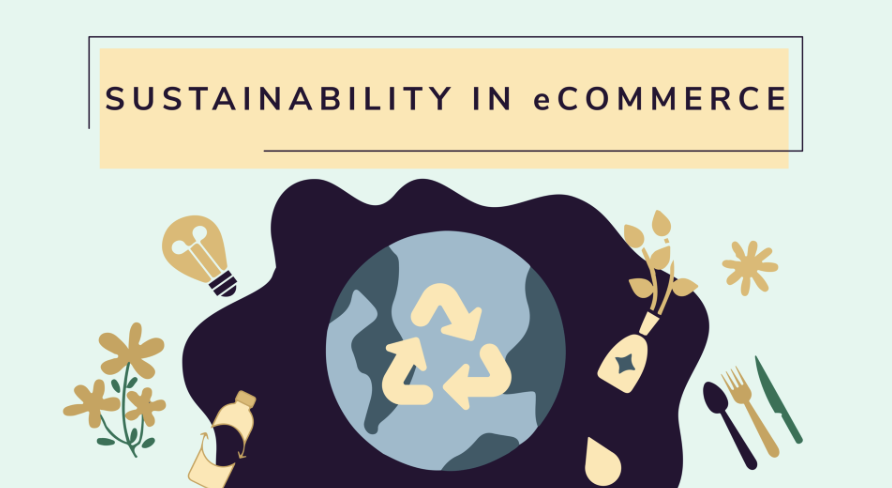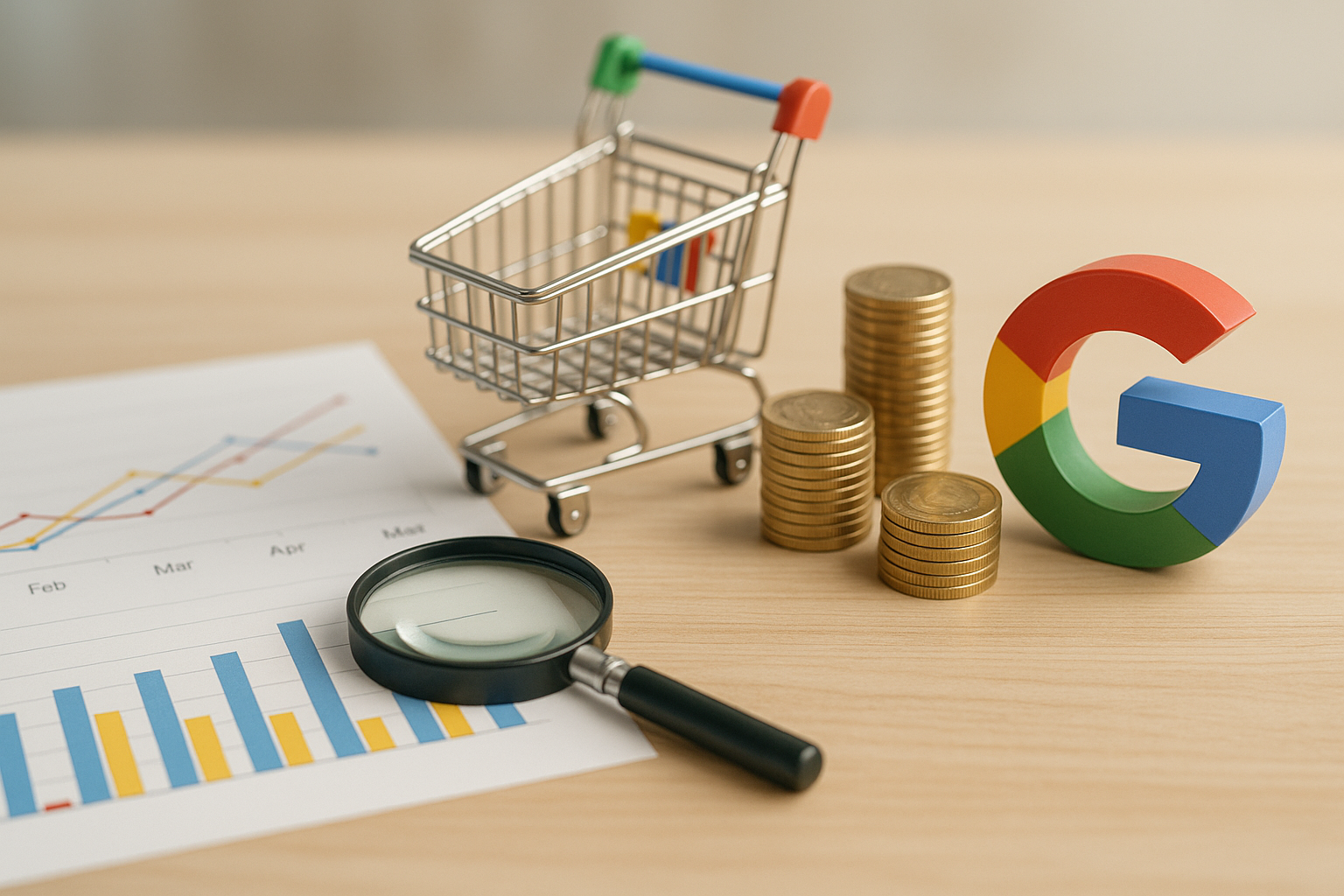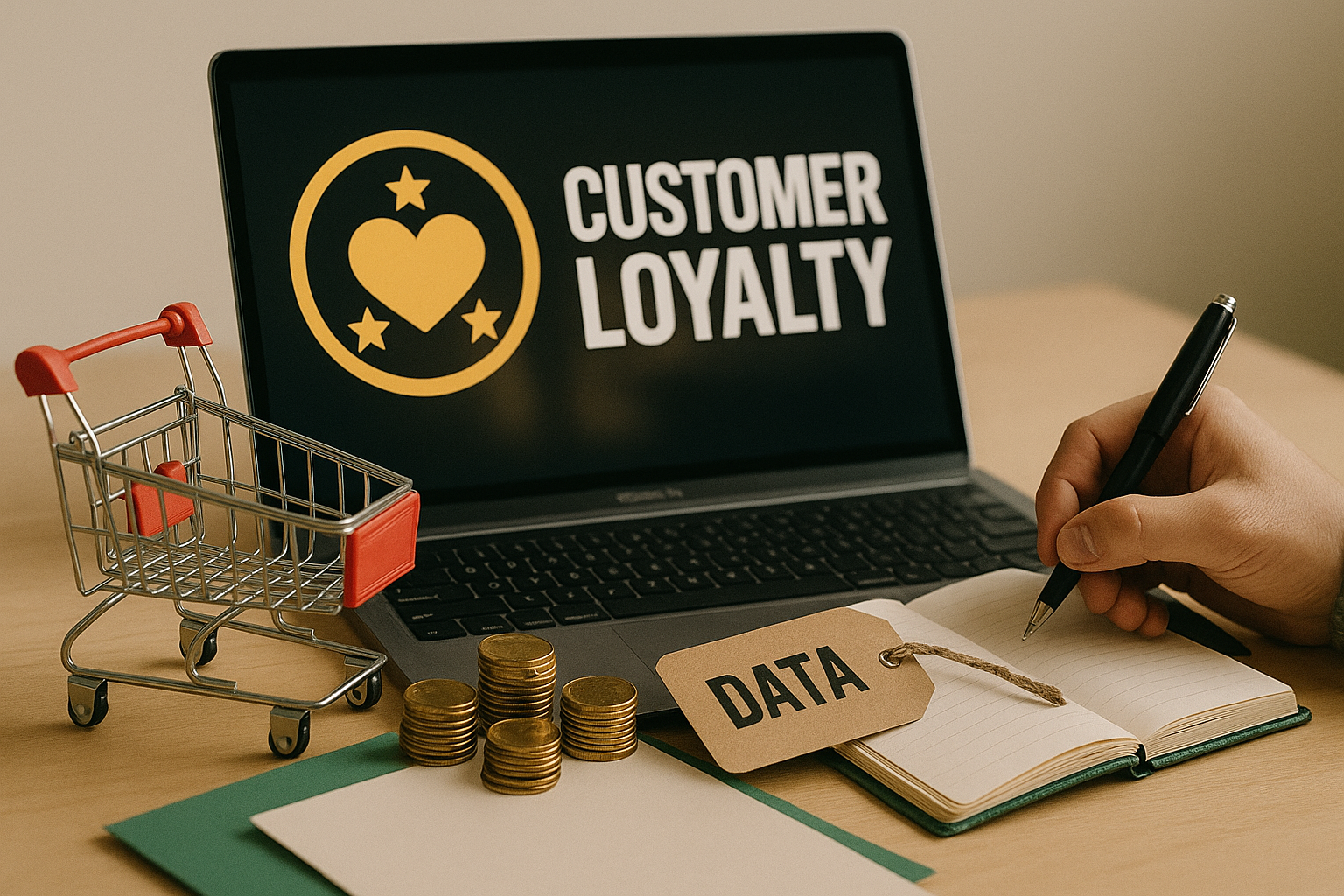
Analytica House
Sep 4, 2022Sustainability in E-Commerce

Sustainability is not a factor that can be ignored in e-commerce—it must not be. The rising trend of environmental sustainability is humanity’s reflex against the destructive “grow or die” imperative of capitalism. In e-commerce, sustainability can span from business models to packaging materials, and with younger generations increasingly taking the lead, it will become ever more important in the years ahead.
Awareness of environmental issues and sustainability has long been a trend in global e-commerce. To successfully meet growing consumer demands for sustainability, online retailers have been focusing on topics such as corporate social responsibility and eco-friendly approaches within their supply chains.
In this article, we will cover:
- What Is Sustainability?
- Sustainability in the E-Commerce Sector
- How the New Generation Views Sustainability
- Example Brands
- What Is Sustainability? (Revisited)
“Sustainability,” a concept we’ve been hearing about increasingly in recent years, aims—as its name suggests—to ensure that all living beings around the world can continue to exist indefinitely. The ultimate goal is to build a world where we do not compromise today’s standard of living, where future generations can equally benefit, where resources are used in a controlled manner, and where everyone can live healthily and happily. Every effort—including those in e-commerce—must be in harmony with nature. No individual or corporate action should disrupt ecological balance; rather, it should directly or indirectly contribute to its long-term stability.
A. Getting Started in E-Commerce
E-commerce has spread rapidly worldwide since the 1990s. In Turkey, it has become especially popular over the last 20 years. Naturally, with this boom in online shopping comes an increase in waste materials. Shipping boxes, plastic bags, branded plastic wraps from courier companies, and so on accumulate as large piles of recyclable or non-recyclable waste. In this situation, traditional businesses moving into e-commerce have begun to focus more on eco-friendly practices and must become increasingly cautious about sustainability.
B. Sustainability Around the World
Scientists and international bodies have made broad calls and warnings urging humanity to protect nature and ensure sustainable living on Earth. These calls demand fundamental changes and urgent measures to avoid further environmental harm.
Ensuring and supporting sustainable living has become inevitable for nations. Therefore, while maintaining economic development, countries must avoid actions that harm the environment and develop strategic plans for sustainable development.
The urgency of sustainable development grows daily. Many international organizations are actively working on sustainability. Bodies such as the European Union (EU) and the United Nations (UN) have mobilized to promote sustainable growth, devising various strategies and policies.
Under its Europe 2020 strategy, the European Commission defined three main growth priorities, one of which is “promoting a more resource-efficient, greener, and more competitive economy.” Meanwhile, the United Nations took an even more comprehensive step.
In 2000, the UN set the Millennium Development Goals (MDGs) and in 2015 expanded them into the Sustainable Development Goals (SDGs). The SDGs are considered the most comprehensive action plan for nations to achieve sustainable development.
These goals are financially supported by the World Bank Group (2017) and the International Monetary Fund (IMF, 2020). In September 2015, the UN adopted 17 SDGs as core components of the 2030 Agenda for Sustainable Development—extended versions of the MDGs that concluded at the end of 2015.
All UN member states committed to building a sustainable future encompassing the three dimensions of development: environmental, social, and economic.
C. Reducing Carbon Footprint
Logistics—especially transportation by truck or plane—relies heavily on fossil fuels, increasing carbon emissions. Reducing carbon footprints helps slow and mitigate global warming.
In Turkey, a prime example of a company leading carbon footprint reduction is Yemek Sepeti. Handling millions of orders daily, they removed single-use plastic cutlery, drastically cutting plastic waste. Another notable example is Koton, which redesigned its cardboard packaging for multiple uses, thereby reducing its carbon footprint. LC Waikiki launched a project to transform its shipping boxes into toys for children, further promoting sustainability.
On their website, LC Waikiki describes the initiative:
“LC Waikiki is preparing to win children’s hearts with its new project. According to a LinkedIn post by E-commerce General Manager Ömer Barbaros Yiş, the brand’s shipping boxes will now become toys.”
This initiative, while still under development, hints at a creative approach to reducing waste and enhancing customer engagement.

D. The New Generation
The 1970s hippie movement introduced environmental respect and sustainability topics to the wider public. In the 1990s, as e-commerce spread globally, discussions of sustainability in online retail began in earnest.
Millennials—born in the ’80s and ’90s—are generally more aware and conscientious than earlier generations (Baby Boomers and Generation X). Economic crises and environmental disasters (e.g., Amazon deforestation, melting glaciers, wildfires in Australia and elsewhere) have made Generation Z even more attentive to sustainability.
Generation Z, born into the internet era, often shops online as a matter of course—and sometimes even more than offline. For them, sustainability in e-commerce is critically important. Knowing this, both legacy retailers and pure-play e-commerce startups are embracing sustainability practices as both a business strategy and a demonstration of respect for the environment.
E. Sustainable E-Commerce in Turkey
E-commerce has existed in Turkey for over 20 years, but initial distrust of the internet slowed its growth. Over the past five years, sales have surged, especially during the COVID-19 pandemic, mirroring global trends.
Because e-commerce developed later in Turkey than in many other countries, both traditional retailers moving online and new e-commerce ventures are rapidly adapting and innovating to meet consumer expectations.

Example Brands
Some Turkish companies leading the way in sustainable e-commerce include:
E-Bebek
E-Bebek is often the first name that comes to mind regarding sustainability in Turkey. According to an Instagram post by Sertaç Doğanay, they introduced “detergent refill centers” in major stores. Customers bring their own containers to refill detergent at prices lower than retail, reducing single-use plastic waste and embracing an eco-friendly commerce model.
Mavi
Mavi took a step by switching from disposable plastic shipping bags to resealable, reusable pouches, minimizing plastic usage. They also launched the “Mavi Transformation” project, turning 593,750 recycled PET bottles into high-quality denim through their expertise. CEO Cüneyt Yavuz stated: “Using innovation and technology, we’re transforming denim and aim for 100% sustainable All Blue products by 2030.”
LC Waikiki
LC Waikiki’s “Green Collection” of eco-friendly, organic apparel demonstrates its commitment to sustainability. They also announced plans to convert shipping boxes into toys, as hinted by E-commerce GM Ömer Barbaros Yiş on LinkedIn.
Boyner Group
Boyner Group highlights its sustainability and CSR efforts under four pillars: Social Impact, Environmental Impact, Workplace Democracy, and Our Value Chain. They publish transparent sustainability reports from 2008 to 2020, showcasing their eco-friendly initiatives and commitment to a sustainable future.
If you found this blog post on sustainable e-commerce helpful, please share it on social media so others can benefit!
More resources

5 Ways to Accurately Measure Sales Impact with Google MMM
Google MMM (Marketing Mix Modeling) is one of the most powerful statistical methods for understandin...

ChatGPT Shopping Research: An AI-Powered Shopping Assistant
ChatGPT Shopping Research is an AI-powered shopping assistant that accelerates users' shopping resea...

Data-Driven Tactics to Build Customer Loyalty After Black Friday
Customer loyalty is the most valuable outcome of the Black Friday period, as short-term traffic and...

